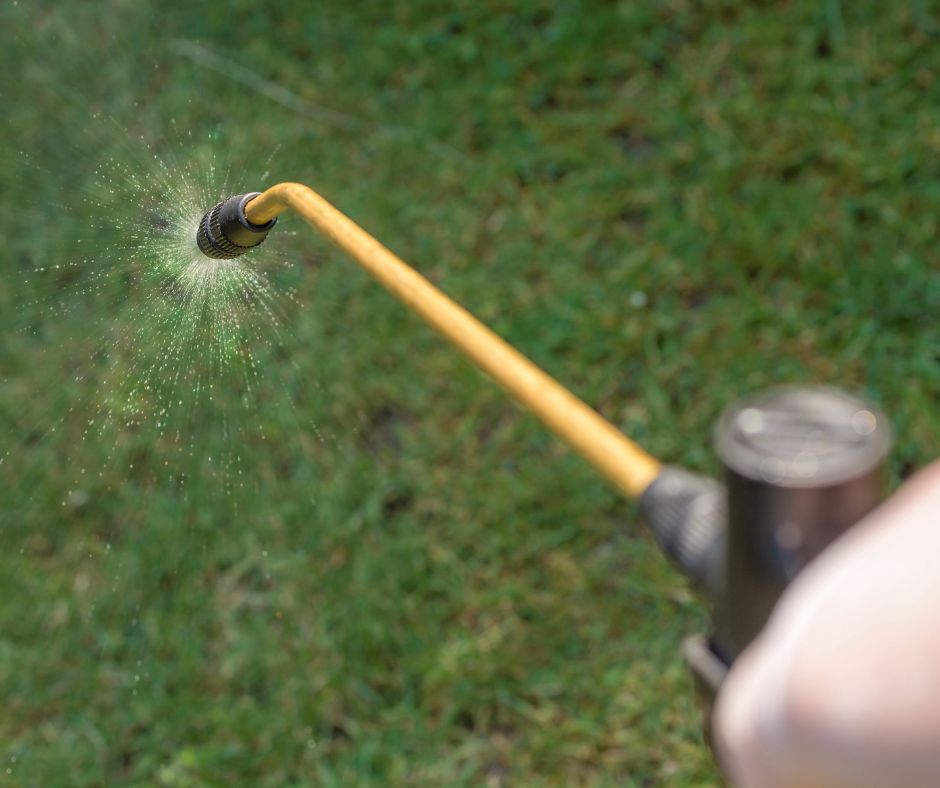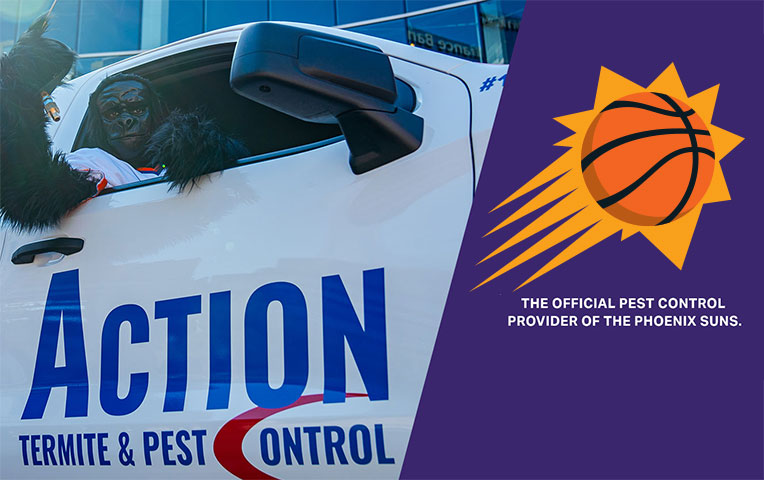Ant Exterminator Near Me: How to Eliminate Ants Fast and Effectively
Find Out About the current Advances in Pest Control and How to Apply Effective Therapy Solutions
In current years, the field of parasite control has actually experienced significant advancements, driven by the requirement for lasting and efficient therapy services. Ingenious methods such as Integrated Pest Management (IPM) combine environmentally friendly techniques with sophisticated innovation, enhancing both efficacy and ecological obligation.
Eco-Friendly Parasite Control Options
Recently, the demand for green parasite control options has actually surged as businesses and house owners alike seek sustainable choices to traditional chemical therapies. This change is driven by expanding environmental recognition and a wish to lessen the wellness risks related to artificial chemicals.

Green insect control techniques include a series of techniques that focus on the use of all-natural compounds and practices. Integrated Parasite Administration (IPM) is one such strategy, integrating biological, cultural, and mechanical tactics to handle bug populaces while minimizing dependence on chemicals (Wildlife removal services). This alternative approach highlights prevention through habitat control and the introduction of all-natural predators, thus promoting a balanced community
An additional prominent option is the use of herb chemicals derived from plants, which have a tendency to be much less hazardous to non-target organisms. Products like neem oil and diatomaceous planet have gained traction for their effectiveness in managing bugs while positioning marginal threats to human wellness and the setting.
Additionally, exclusion strategies, such as sealing access points and keeping tidiness, play an essential role in environment-friendly parasite monitoring. By adopting these lasting techniques, individuals and services can successfully manage pests while promoting a much healthier planet for future generations.
Smart Innovation in Pest Monitoring
Advancement is reshaping the landscape of parasite monitoring, with smart modern technology emerging as a crucial force in enhancing efficiency and performance - Wildlife removal services. The combination of Internet of Points (IoT) devices, expert system (AI), and data analytics is revolutionizing how bug control experts come close to invasions
Smart traps outfitted with sensing units can find parasite task in real-time, sending out instant alerts to drivers. This permits timely feedbacks, decreasing damage and reducing the demand for substantial therapies. In addition, AI formulas evaluate historic data to forecast insect habits, enabling aggressive interventions based upon environmental problems and invasion patterns.
Drones and computerized lorries are additionally playing a substantial duty in pest monitoring, giving aerial evaluations of large areas, determining hotspots, and also distributing targeted treatments. These innovations not only enhance procedures but also improve safety by limiting human exposure to potentially unsafe chemicals.
Additionally, mobile applications equip consumers to check pest activity and gain access to specialist advice, cultivating a collective approach to pest monitoring. Overall, the fostering of smart technology is establishing a brand-new requirement in bug control, stressing data-driven choices and lasting methods that eventually benefit both home owners and specialists alike.
Integrated Pest Monitoring Strategies
Integrated Pest Administration (IPM) uses a holistic strategy to pest control, incorporating numerous methods to efficiently manage parasite populaces while lessening threats to human health and wellness and the environment. IPM revolves around recognizing the pest life process, their all-natural adversaries, and the community in which they thrive.
Among the essential components of IPM is checking pest populations through routine examinations and data collection. This enables the recognition of bug limits, identifying when intervention is needed. Cultural practices, such as plant sanitation, environment, and turning manipulation, are vital in decreasing pest prevalence and promoting plant health.
Mechanical controls, including traps and obstacles, are also important in IPM. These techniques can literally eliminate or hinder bugs without using chemicals. When necessary, the wise application of chemical controls is used, concentrating on targeted therapies that decrease ecological impact.
Education and learning and collaboration amongst stakeholders, including farmers, bug control specialists, and the neighborhood, are important for the effective application of IPM approaches. By focusing on sustainable practices, IPM not only addresses pest issues however likewise fosters a healthier environment.
Biological Control Approaches
Various biological control techniques are increasingly recognized for their efficiency in handling pest populations while advertising ecological her explanation balance. These methods harness all-natural killers, parasites, and virus to minimize pest numbers without depending on synthetic chemicals. The introduction of ladybugs can efficiently regulate aphid populations, while nematodes target soil-dwelling bug larvae.
Additionally, using microbial pesticides, such as Bacillus thuringiensis (Bt), offers an environmentally friendly choice for handling caterpillar bugs. These items particularly target pest varieties, minimizing injury to beneficial insects and pollinators. Furthermore, conservation biological control highlights boosting environments for all-natural opponents, such as birds and useful insects, consequently urging their presence in agricultural systems.
Research study remains to reveal ingenious strategies within this field, such as making use of pheromones to interfere with pest mating patterns or the advancement of biocontrol representatives via genetic modification. Executing these approaches can lead to lasting bug management practices that mitigate the reliance on chemical treatments, ultimately fostering much healthier ecological communities. As understanding of these techniques grows, they are coming to be important elements of incorporated bug management (IPM) approaches, using an equilibrium between effective insect control and ecological stewardship.
DIY Bug Control Solutions
As house owners look for reliable ways to take on parasite problems, DIY insect control solutions have actually obtained popularity for their accessibility and cost-effectiveness. These techniques encourage individuals to address infestations utilizing easily offered products and techniques, frequently without the need for professional intervention.

Additionally, maintaining appropriate cleanliness and routine evaluations can avoid bug entrance and nesting (Wildlife removal services). Easy practices, such as sealing cracks, eliminating food resources, and decluttering, can dramatically decrease parasite populaces. Traps, both homemade and commercially offered, can likewise supply effective options for monitoring and controlling certain bugs like rodents or pests

Conclusion
The assimilation of environment-friendly pest control choices, smart innovation, and ingenious management approaches offers a detailed technique to efficient parasite monitoring. By accepting Integrated Pest Administration (IPM) and making use of biological control approaches, alongside DIY remedies, accountable and sustainable parasite control can be achieved.
Environmentally friendly parasite control methods encompass a variety of approaches that prioritize the use of all-natural substances and practices. Integrated Bug Monitoring (IPM) is one such strategy, combining organic, social, and mechanical tactics to manage insect populaces while minimizing dependence on chemicals. As awareness of these methods look at these guys expands, they are coming to be indispensable components of integrated pest management (IPM) techniques, supplying an equilibrium in between reliable parasite control and ecological stewardship.
The assimilation of green bug control alternatives, clever modern technology, and cutting-edge administration methods provides a detailed approach to efficient bug administration. By accepting Integrated Insect Management (IPM) and utilizing organic control approaches, along with Do it yourself options, sustainable and accountable pest control can be achieved.